Home>Dining>Tableware>Where Should Utensils Be Placed For Proper Table Setting?
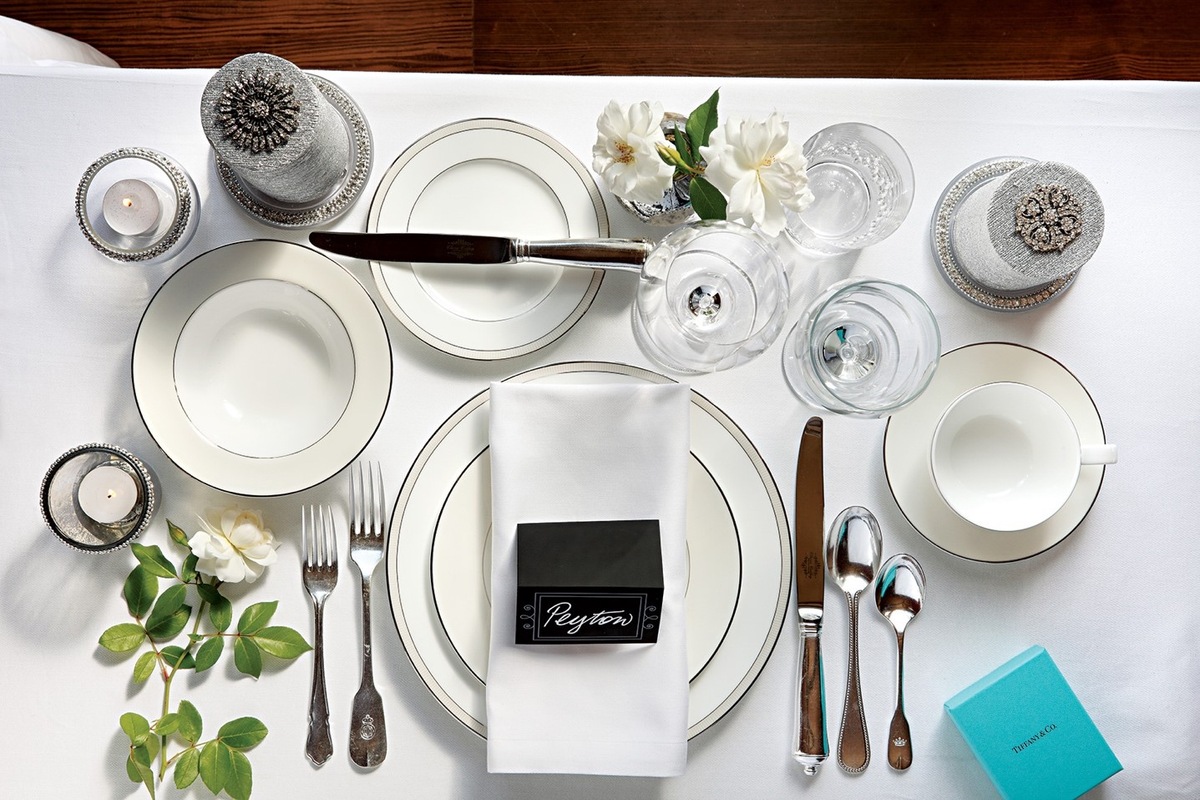

Tableware
Where Should Utensils Be Placed For Proper Table Setting?
Modified: January 15, 2024
Properly arrange your tableware for a picture-perfect table setting. Discover where each utensil should be placed for an elegant dining experience.
(Many of the links in this article redirect to a specific reviewed product. Your purchase of these products through affiliate links helps to generate commission for Storables.com, at no extra cost. Learn more)
Introduction
Proper table setting is an essential aspect of hosting a successful event or dining experience. The way utensils are placed on a table not only reflects the elegance and sophistication of the occasion but also ensures that guests can navigate their way through the meal smoothly. Whether it’s a formal dinner party or a casual get-together, knowing where to place utensils is crucial to creating an inviting and well-organized table setting.
Setting the table properly goes beyond mere aesthetics; it also sets the tone for the meal and indicates the level of formality. A well-set table gives a sense of order and attention to detail, elevating the overall dining experience for everyone involved.
In this article, we will explore the importance of proper table setting and delve into the fundamental components of a well-prepared table. Additionally, we will discuss the differences between formal and informal table settings and provide tips on table setting etiquette that will ensure a seamless dining experience for both hosts and guests.
So, whether you’re hosting a dinner party for special guests or simply want to elevate your everyday meals, read on to discover where utensils should be placed for a proper table setting.
Key Takeaways:
- Proper table setting is crucial for visual appeal, organization, etiquette, and enhancing the dining experience, whether for formal events or casual gatherings.
- Understanding the differences between formal and informal table settings, along with proper table setting etiquette, ensures a polished and gracious dining experience for hosts and guests.
Read more: Where Should Glassware Be Placed
Importance of Proper Table Setting
The way a table is set can significantly impact the dining experience and create a positive impression on guests. Here are some reasons why proper table setting is important:
- Visual appeal: A well-set table immediately catches the eye and creates a pleasing aesthetic. It shows that the host has put effort into creating an inviting and beautiful atmosphere for their guests.
- Organization and efficiency: Proper table setting ensures that guests have everything they need within easy reach. Each utensil and dish is strategically placed, allowing guests to navigate their way through the meal with ease and efficiency.
- Etiquette and sophistication: A properly set table reflects an understanding of dining etiquette and demonstrates sophistication. It sets the tone for a formal or semi-formal occasion and shows respect for the meal and the guests.
- Comfort and convenience: Utensils, plates, and glasses are placed in a way that maximizes comfort and convenience for guests. With the right table setting, guests don’t have to search for the correct utensil or worry about knocking over glassware.
- Enhanced dining experience: A well-prepared table setting adds to the overall ambiance of the meal, making it a more enjoyable experience for everyone. When guests feel comfortable and impressed by the table setting, they are more likely to relax and fully appreciate the food and company.
Remember that proper table setting is not just reserved for formal events. Even for casual gatherings, taking the time to set the table correctly can elevate the dining experience and make guests feel special.
Now that we understand the importance of a well-prepared table, let’s dive into the basic components of a proper table setting.
Basic Components of a Proper Table Setting
A proper table setting consists of various components that are strategically placed to ensure a smooth and enjoyable dining experience. Let’s take a closer look at each of these components:
- Dinner plate placement: The dinner plate is typically the anchor of the table setting. It is placed in the center of the setting, about an inch from the edge of the table. The plate should be aligned with the chair seat and positioned at an equal distance from the adjacent place settings.
- Salad plate placement: If salad is being served, the salad plate is placed on top of the dinner plate. It should be about half an inch smaller in diameter than the dinner plate and centered directly above it.
- Bread and butter plate placement: The bread and butter plate is placed to the left of the dinner plate, about an inch above the fork. It is used for holding individual servings of bread or rolls.
- Napkin placement: The napkin can be placed in different locations depending on the formality of the event. For a formal setting, it is common to place the napkin on top of the dinner plate or to the left of the forks. For a more casual setting, the napkin can be folded and placed on the left side of the plate.
- Fork placement: The forks are placed on the left side of the dinner plate. The salad fork is placed on the outermost left, followed by the dinner fork. The prongs of the forks should be facing upwards.
- Knife placement: The knife is placed directly to the right of the dinner plate. The blade should be facing towards the plate. If there is a soup spoon, it is placed to the right of the knife.
- Spoon placement: The spoon is placed to the right of the knife and soup spoon, if present. It is positioned with the bowl facing upward.
- Glass placement: The glasses are placed above the knives, slightly towards the right. The water glass is placed directly above the dinner knife, while the wine or cocktail glasses are placed to its right.
By arranging these basic components in the correct positions, you create an organized and visually appealing table setting that sets the stage for a delightful dining experience.
Next, we will explore the differences between formal and informal table settings to further enhance your table-setting knowledge.
Formal vs. Informal Table Setting
Depending on the occasion and level of formality, there are different types of table settings: formal and informal. Let’s take a closer look at the components and placements for each type:
Formal Table Setting
A formal table setting is typically used for special occasions, elegant dinners, or formal events. In addition to the basic components mentioned earlier, a formal table setting includes additional components and placements:
- Charger plate: A charger plate, also known as a service plate, is often used as a decorative base beneath the dinner plate. It is placed on the table before the guest is seated and removed before the main course is served.
- Soup spoon and bowl: In a formal setting, a soup spoon and bowl may be included. The soup spoon is placed to the right of the knife, and the soup bowl is placed on top of the dinner plate.
- Salad fork placement: In a formal setting, the salad fork is placed to the left of the dinner fork, closer to the plate.
- Dessert utensils: If dessert is being served, the dessert spoon and fork are placed horizontally above the plate, with the spoon closer to the plate.
- Butter knife: An additional butter knife can be placed on the bread and butter plate, typically with the blade facing down and parallel to the edge of the plate.
Read more: What Constitutes A Proper Place Setting?
Informal Table Setting
An informal table setting is more relaxed and is commonly used for everyday meals or casual gatherings. It is a simplified version of the formal table setting, with fewer components and placements:
- No charger plate: The charger plate is not used in an informal table setting.
- No soup spoon or bowl: The soup spoon and bowl are typically omitted in an informal setting.
- No separate salad fork placement: In an informal setting, the salad fork is placed on the outermost left, as in the basic table setting.
- Simplified dessert utensils: If dessert is being served, the dessert spoon and fork may be placed horizontally above the dinner plate or brought out after the main course.
- No additional butter knife: An extra butter knife is not necessary in an informal setting.
By understanding the distinctions between formal and informal table settings, you can tailor your arrangements to suit the occasion and create an appropriate atmosphere for your guests.
Next, we will explore some essential table setting etiquette to ensure a smooth and refined dining experience.
Table Setting Etiquette
Table setting etiquette goes beyond the physical arrangement of utensils and includes proper positioning, clearing and replacing utensils, and the use of napkins. By following these guidelines, you can ensure a polished and gracious dining experience for both hosts and guests.
Utensil Positioning
Utensils should be positioned correctly to maintain an organized and efficient table setting:
- Correct angle and spacing: Utensils should be angled slightly towards the plate, with the bottoms of the utensils aligned and the handles extending towards the right. The spacing between each utensil should be even, with enough room for guests to comfortably use them.
Clearing and Replacing Utensils
During a multi-course meal, it is essential to know when and how to clear and replace utensils:
- Clearing: Utensils that have been used for a course should be cleared once the course is finished. It is customary for the server to remove the utensils from the right side of the guest, starting with the outermost used utensil.
- Replacing: As each new course is served, the server will bring the appropriate utensils and place them on the table. If a new plate is needed, it should be placed on top of the previous plate, with the used plate being removed when appropriate.
Proper Use of Napkins
Napkins play an important role in table setting etiquette:
- Placement: The napkin should be placed either on top of the dinner plate or to the left of the forks, depending on the formality of the setting.
- Unfolding: Unfold the napkin completely once it is placed in your lap. Avoid shaking or snapping the napkin open.
- Use: Use the napkin to gently blot your mouth throughout the meal. Avoid using the napkin to wipe your face or blowing your nose.
- End of the meal: When you are finished with the meal, place the napkin neatly folded on the left side of your plate or on top of the plate if it is being cleared by the server.
By following these table setting etiquette guidelines, you can create a refined and seamless dining experience for your guests, showcasing your attention to detail and respect for proper dining customs.
Now that you have a comprehensive understanding of table setting etiquette, let’s conclude our exploration.
Conclusion
A properly set table not only enhances the visual appeal of a dining experience but also sets the tone for the meal and demonstrates your attention to detail as a host. Whether you’re hosting a formal dinner party or a casual gathering, knowing where to place utensils for a proper table setting is essential.
We have explored the importance of a well-prepared table setting, understanding that it goes beyond mere aesthetics. It contributes to the organization, efficiency, and overall dining experience for both hosts and guests. By setting the table correctly, you create a welcoming and visually appealing atmosphere that sets the stage for a delightful meal.
In our exploration of the basic components of a proper table setting, we’ve specifically focused on the spoon and fork placement in table settings, alongside the arrangement of dinner plates, salad plates, bread and butter plates, utensils, napkins, and glasses. Positioning these elements correctly ensures an organized and balanced table setting that enhances both comfort and convenience for your guests.
In addition, we have explored the differences between formal and informal table settings, understanding that the level of formality dictates the components and placements required. Whether it’s a grand formal event or a casual get-together, tailoring your table setting to the occasion enhances the overall ambiance and creates a suitable atmosphere for your guests.
We have also discussed table setting etiquette, emphasizing the proper positioning of utensils, the clearing and replacing of utensils during multi-course meals, and the correct use of napkins. These guidelines ensure a polished and gracious dining experience, showcasing your knowledge of proper table manners and etiquette.
By incorporating these insights into your table setting, you can elevate your hosting skills and create memorable dining experiences for your guests. Whether it’s a small gathering or a formal celebration, a well-set table contributes to the overall success of the event.
So, the next time you prepare a meal or host a gathering, remember to pay attention to the placement of utensils, follow table setting etiquette, and showcase your tableware knowledge by creating a proper and inviting table setting that impresses your guests.
Frequently Asked Questions about Where Should Utensils Be Placed For Proper Table Setting?
Was this page helpful?
At Storables.com, we guarantee accurate and reliable information. Our content, validated by Expert Board Contributors, is crafted following stringent Editorial Policies. We're committed to providing you with well-researched, expert-backed insights for all your informational needs.
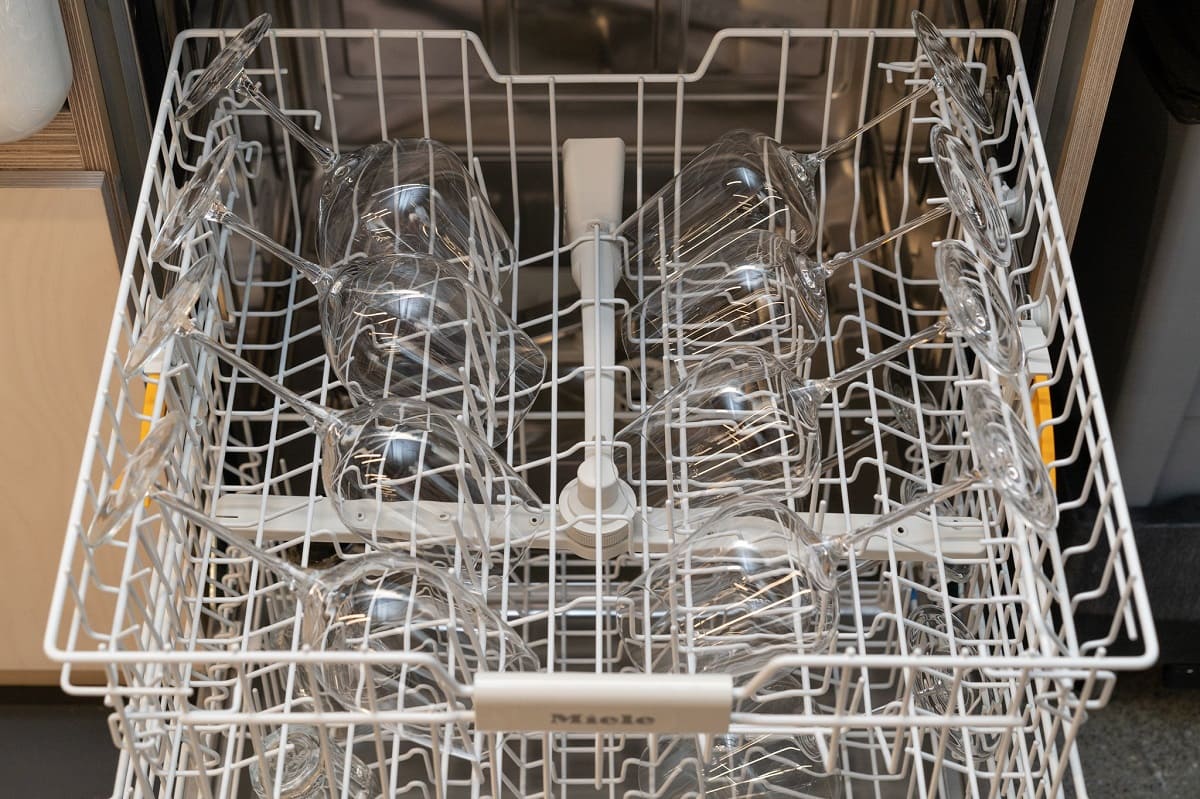
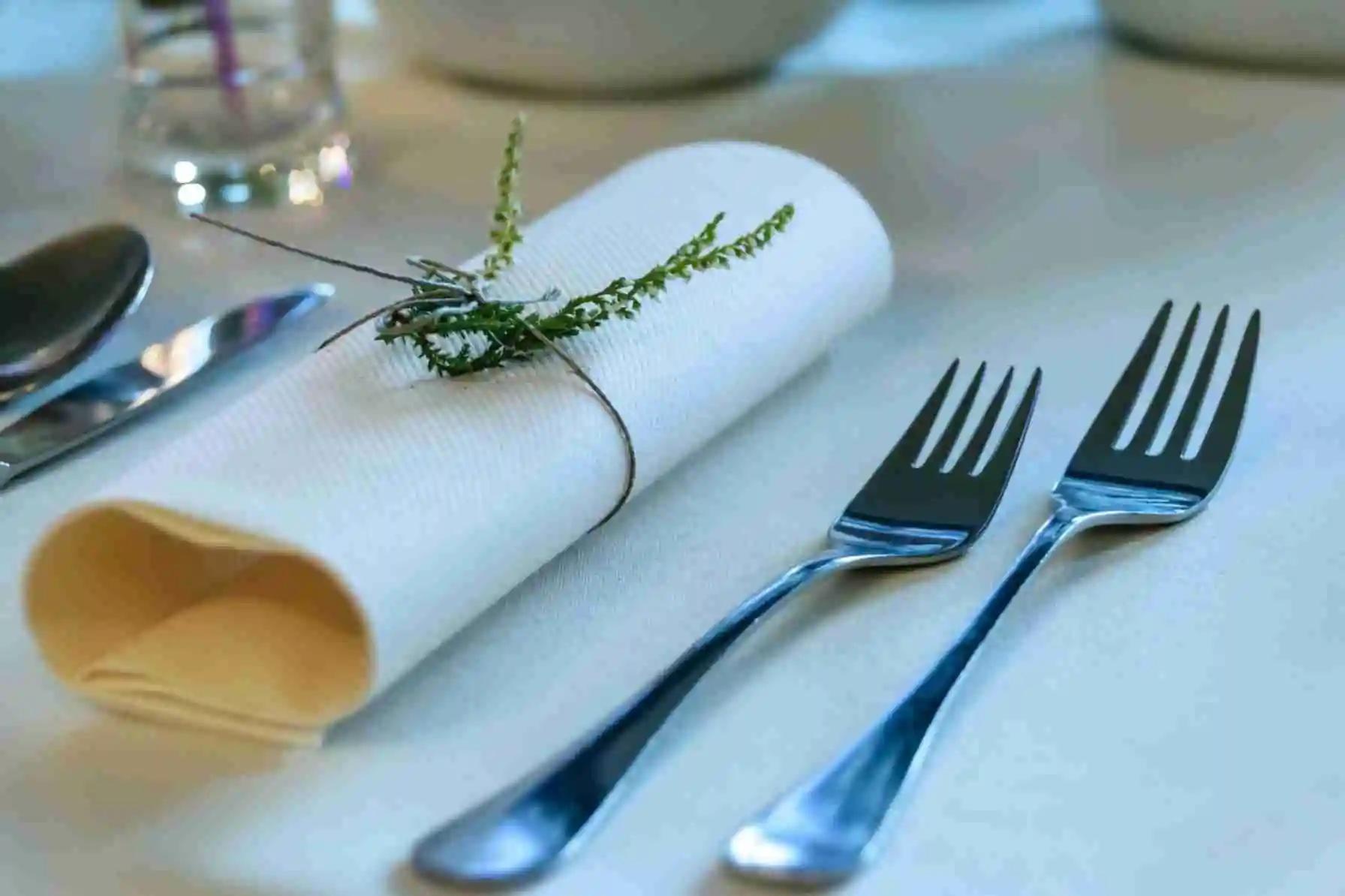
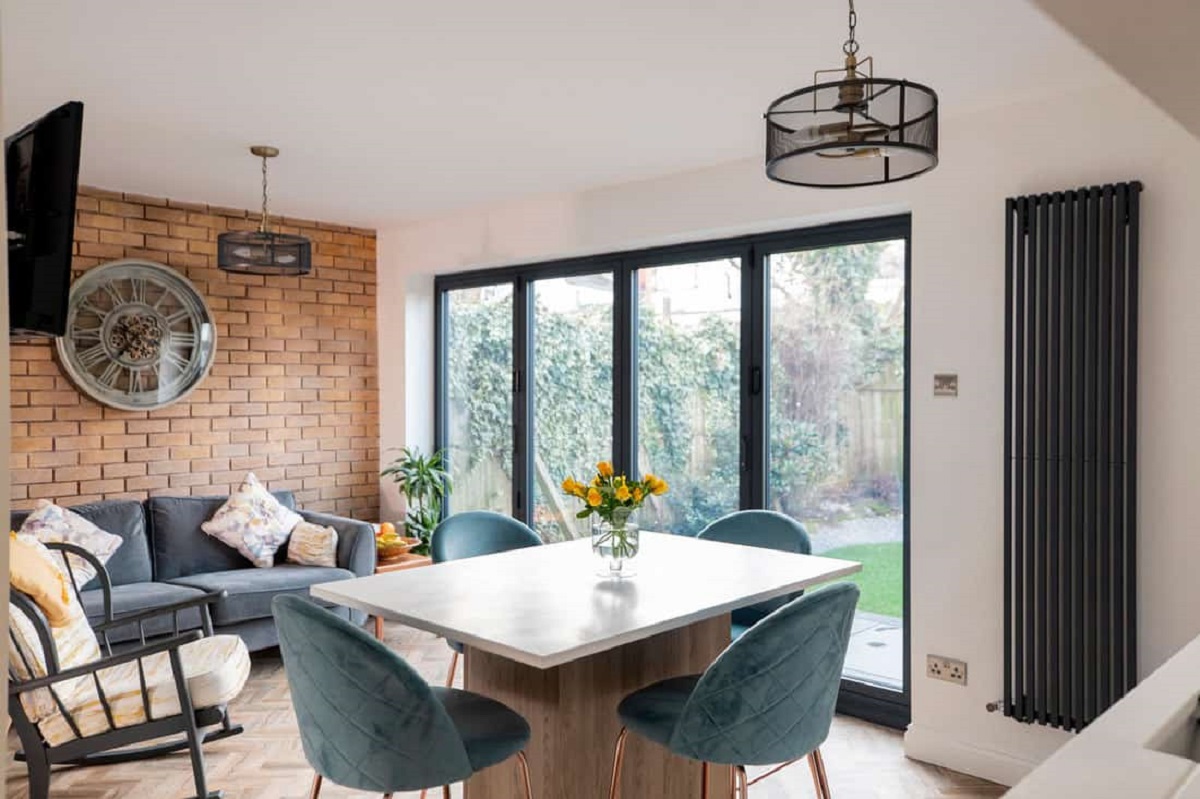
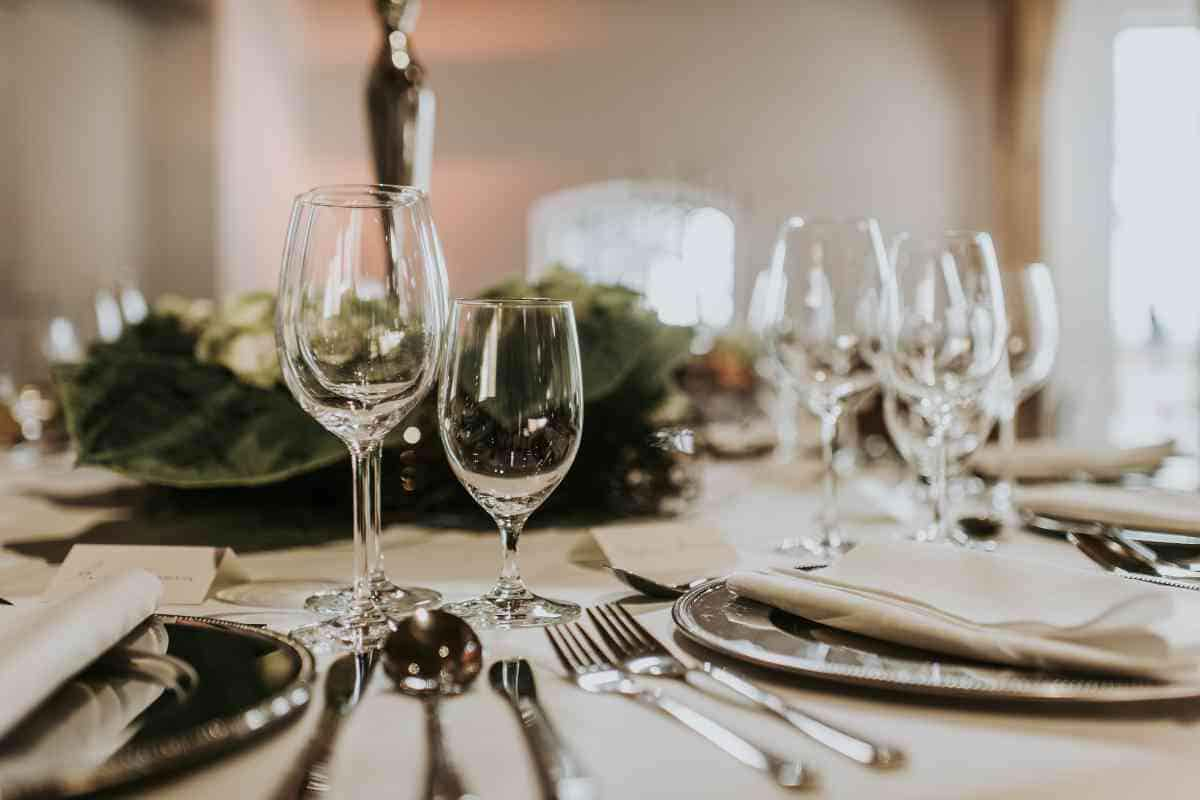
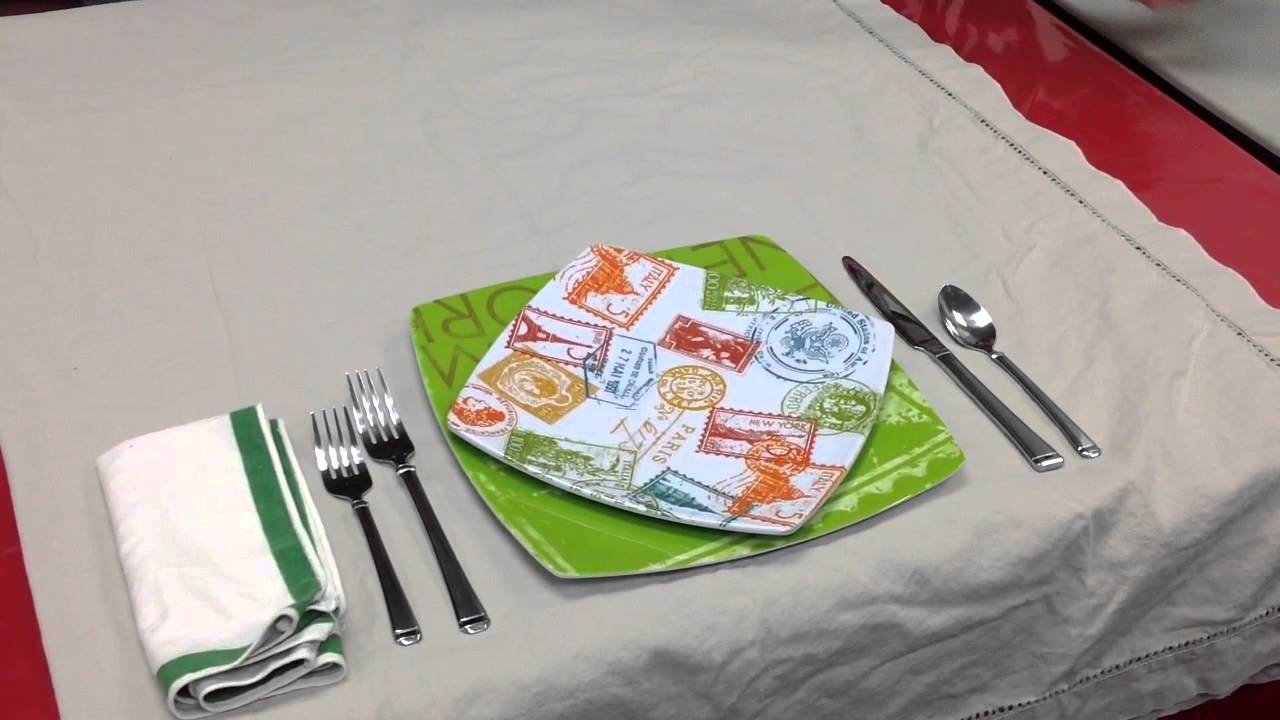
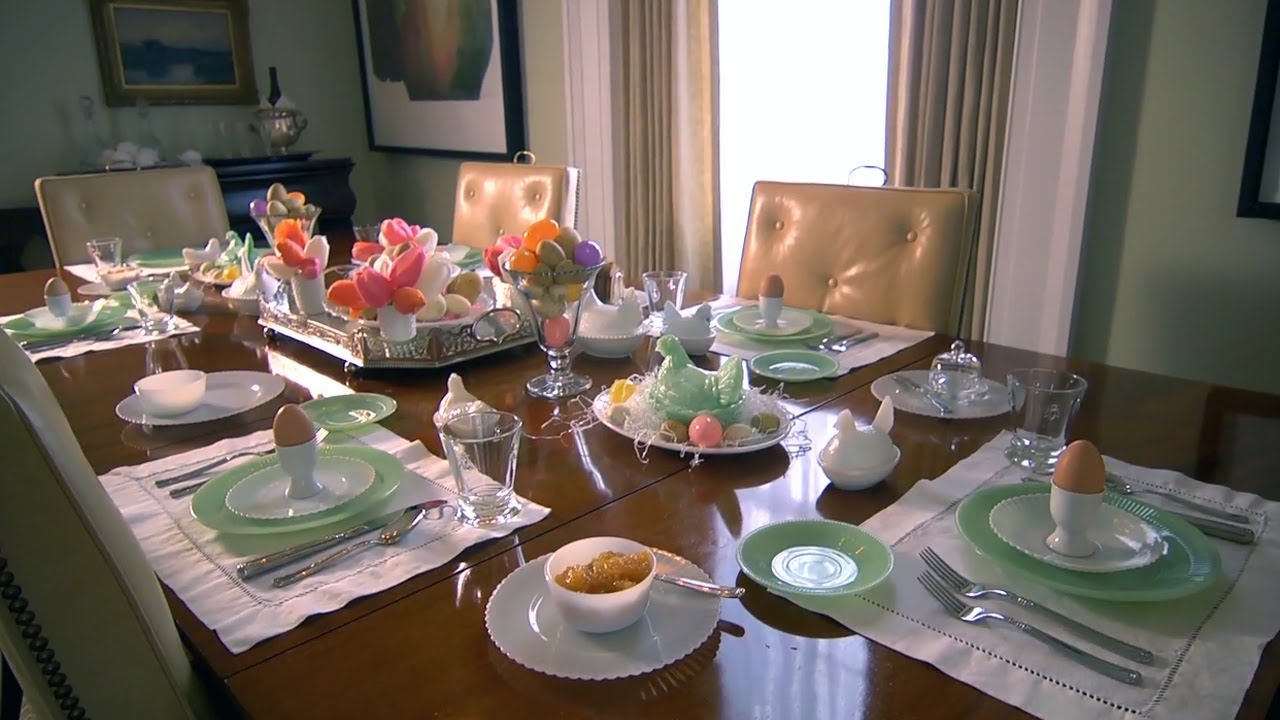
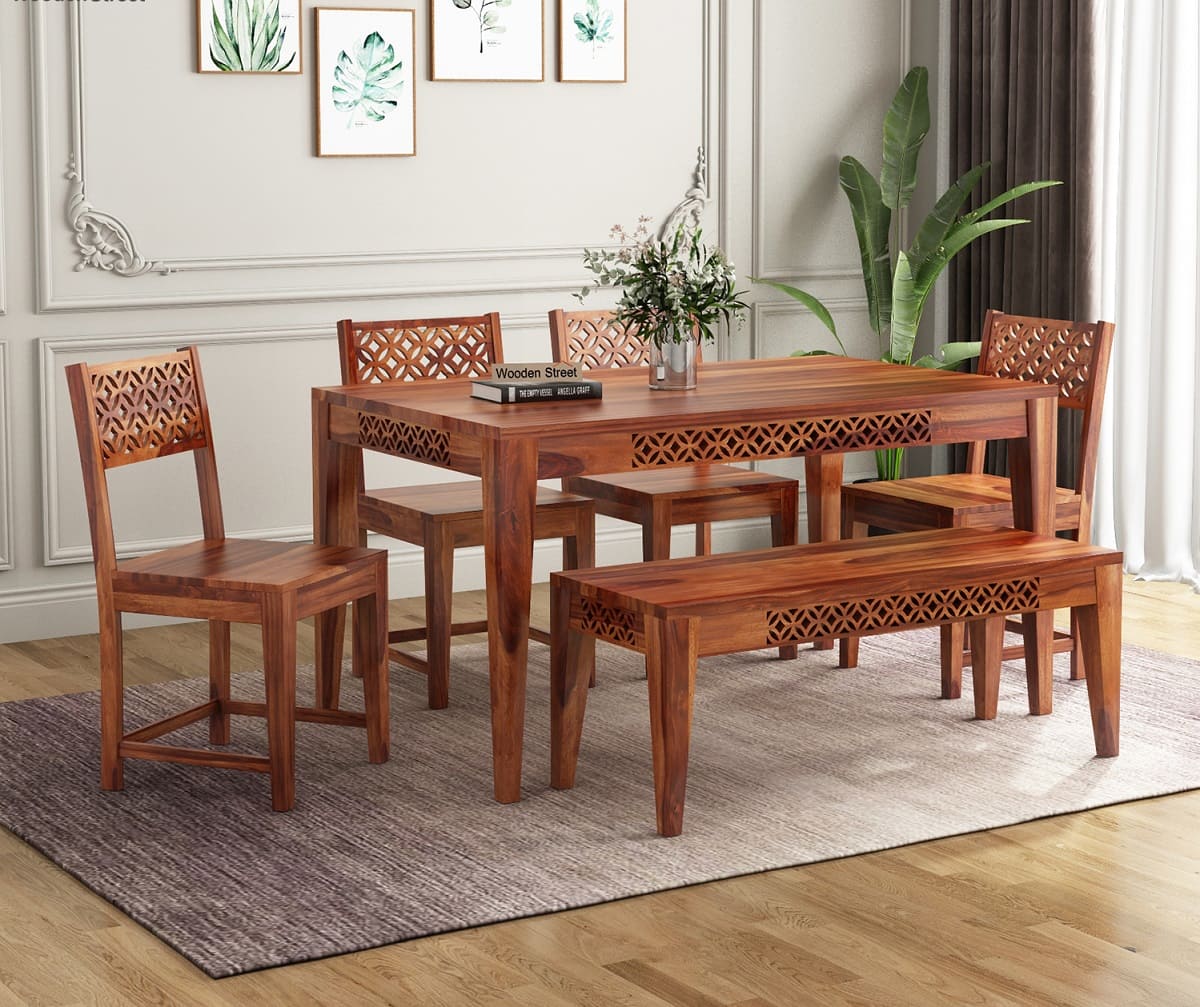
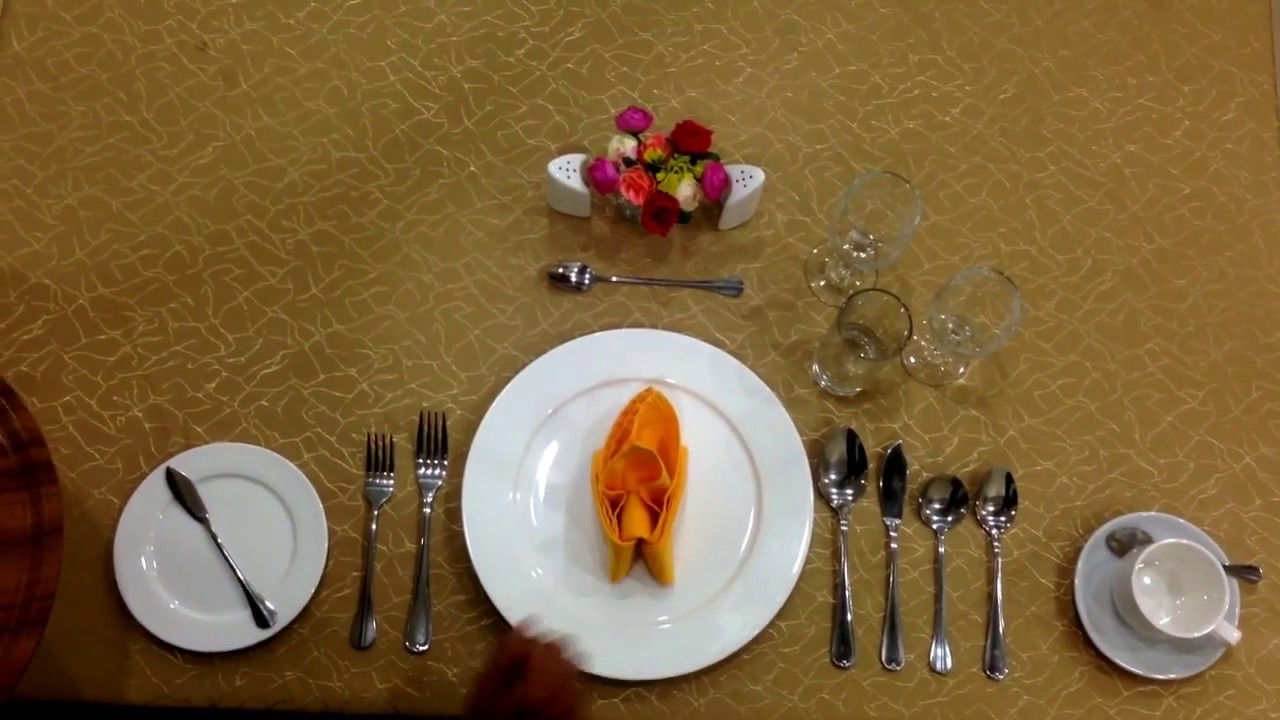
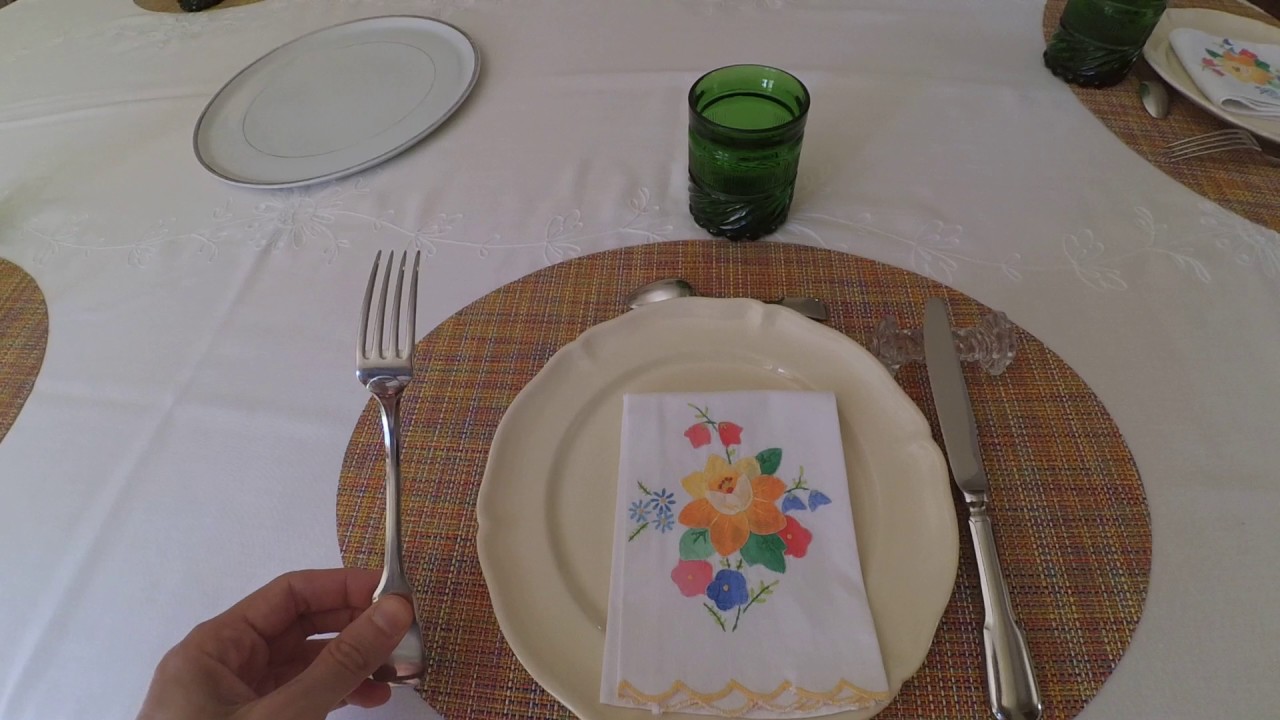
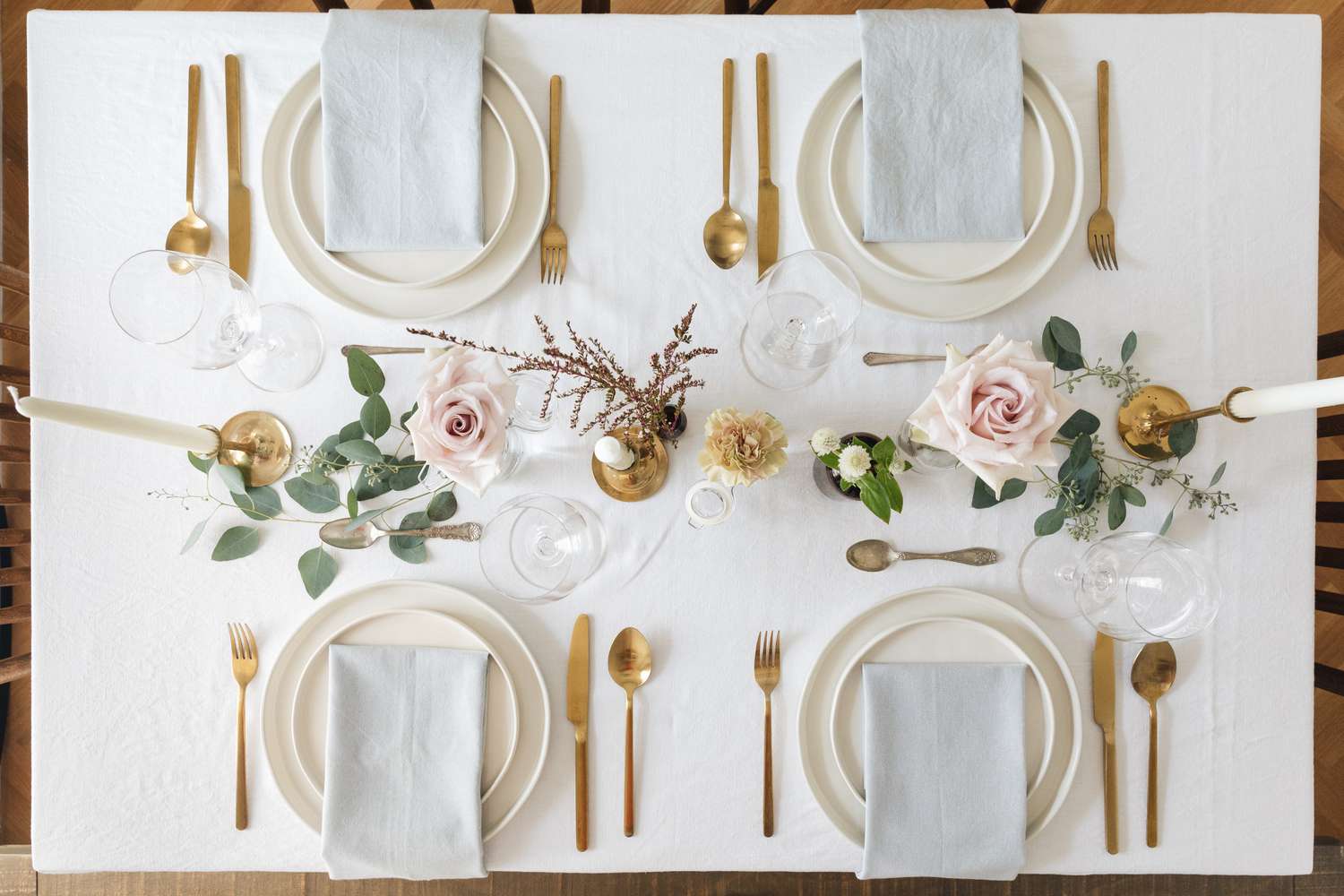
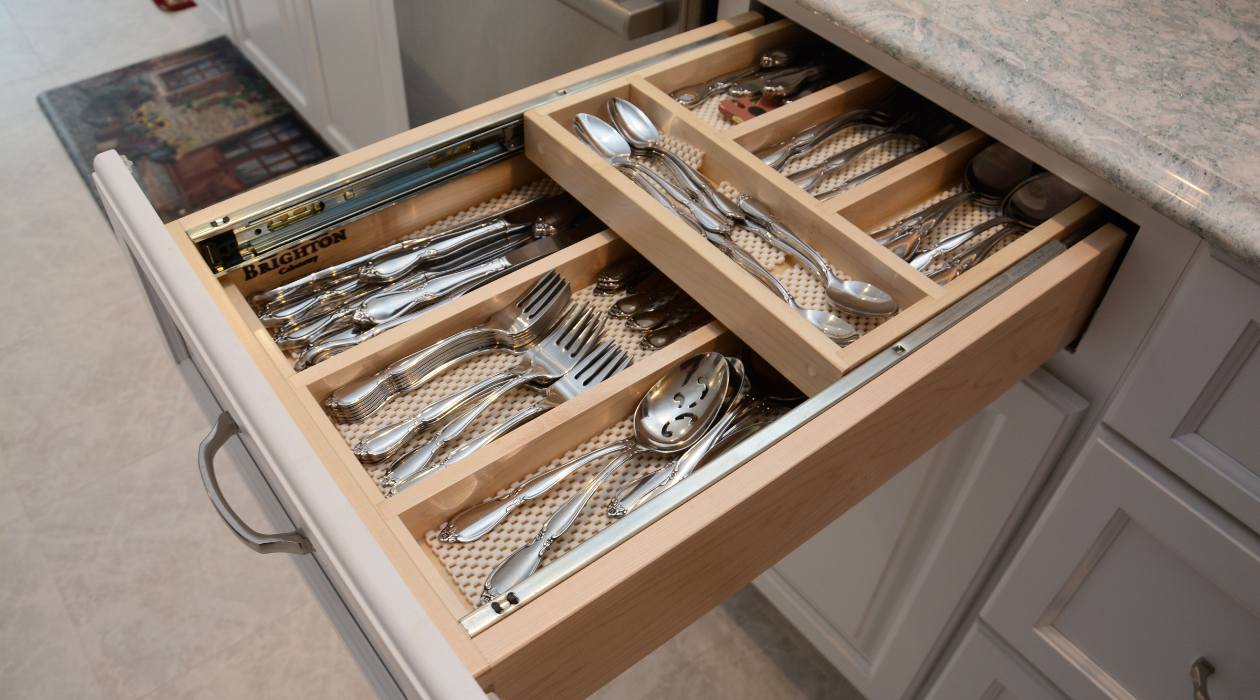
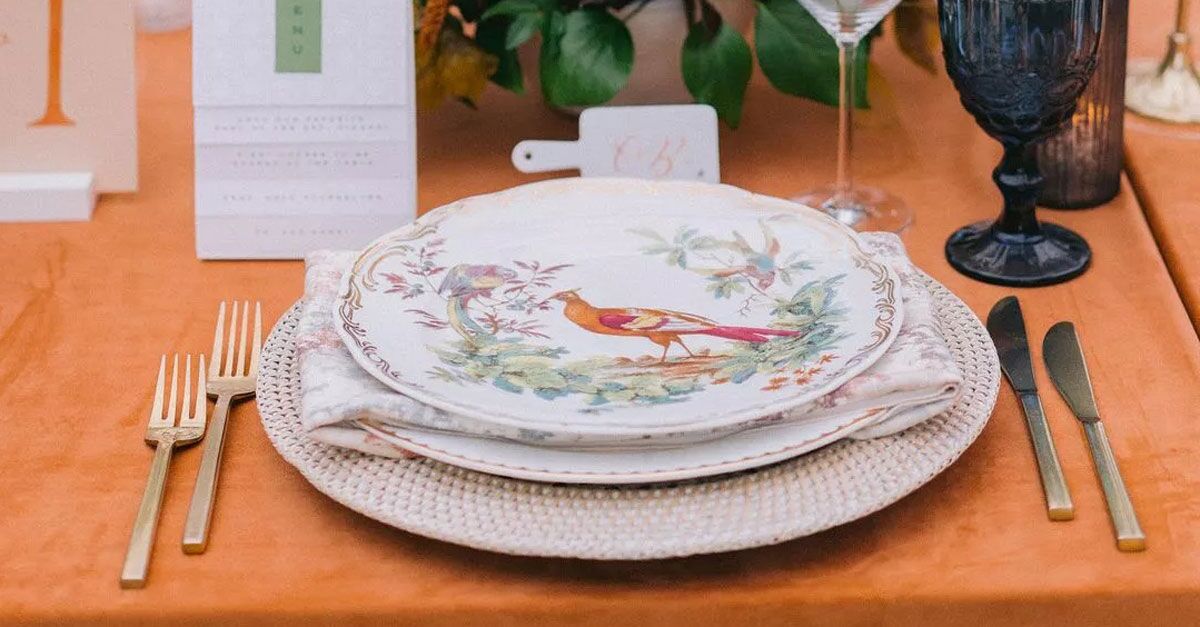
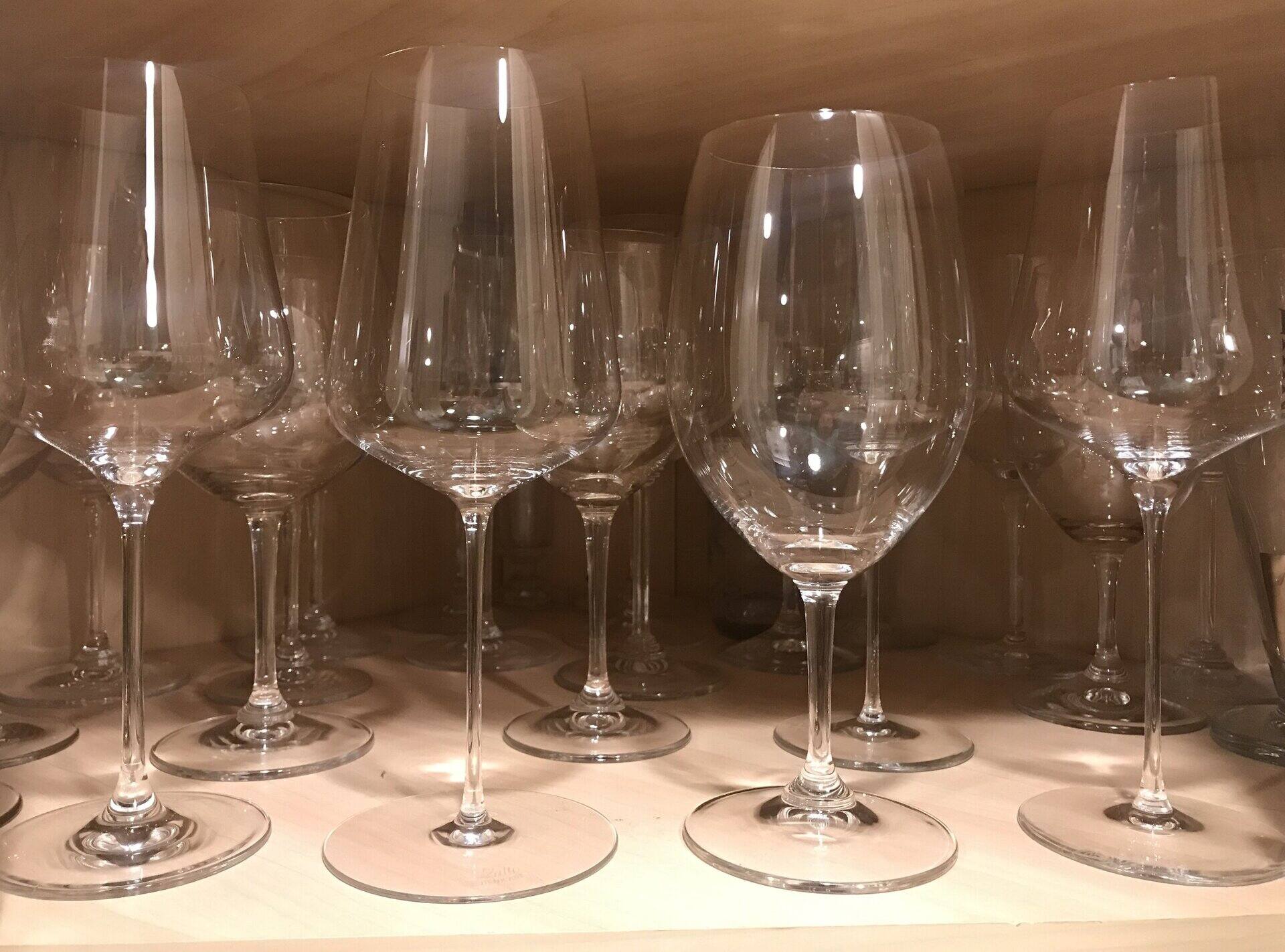

0 thoughts on “Where Should Utensils Be Placed For Proper Table Setting?”